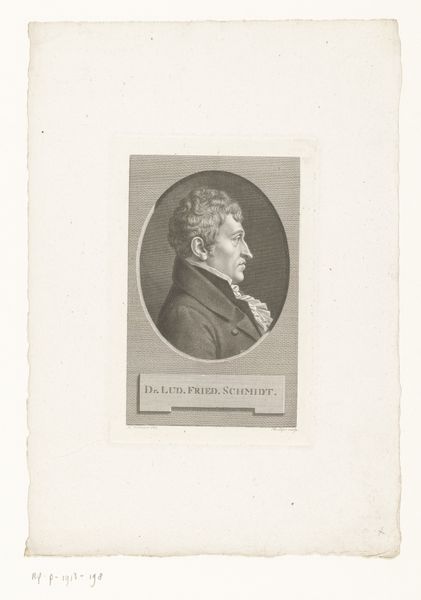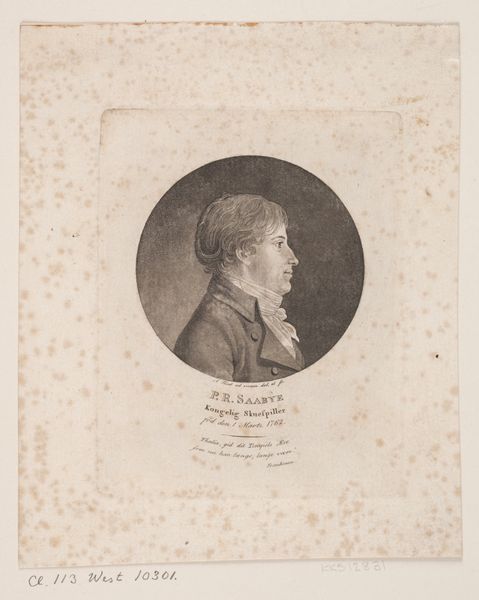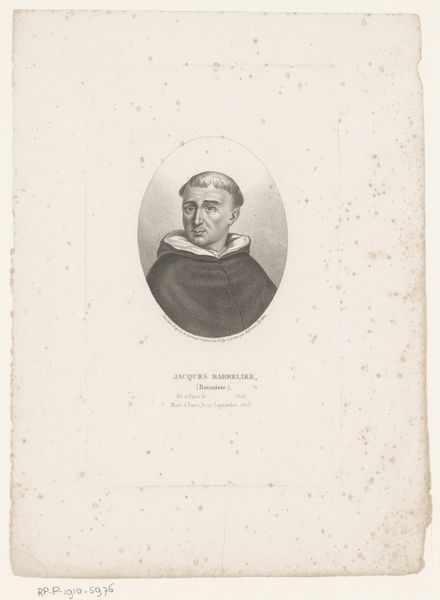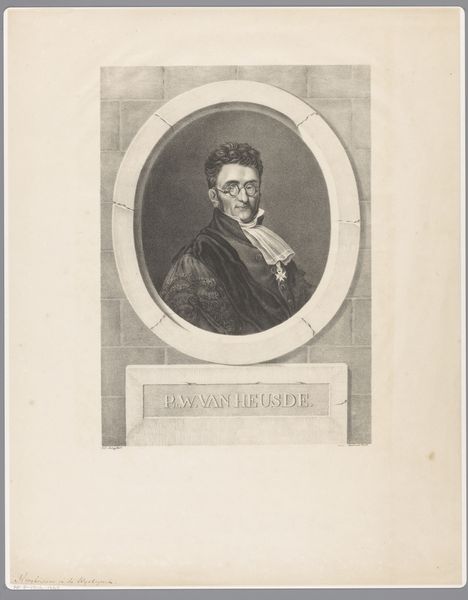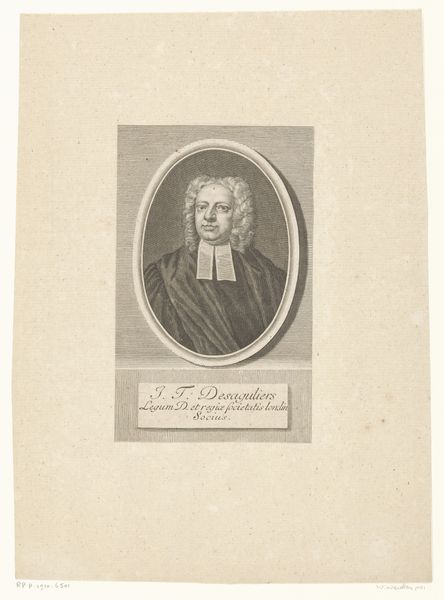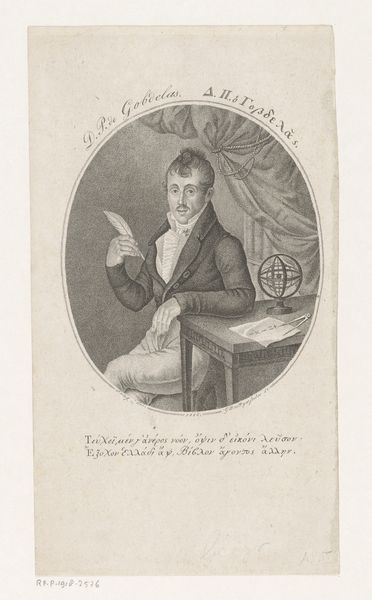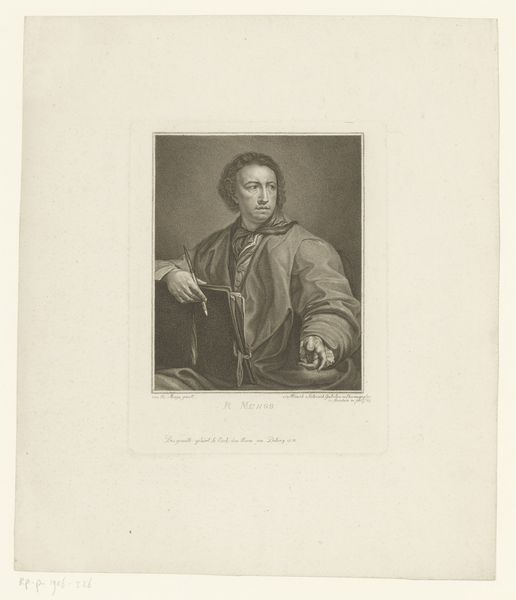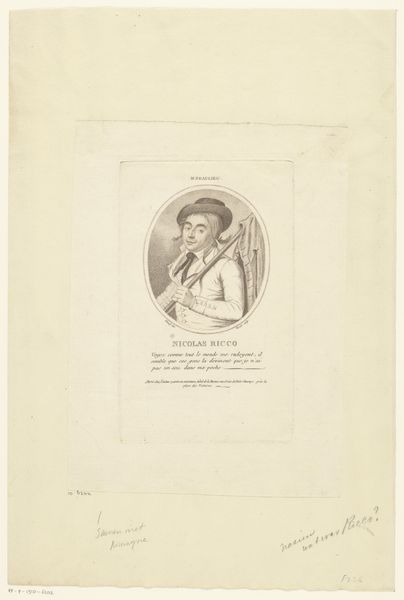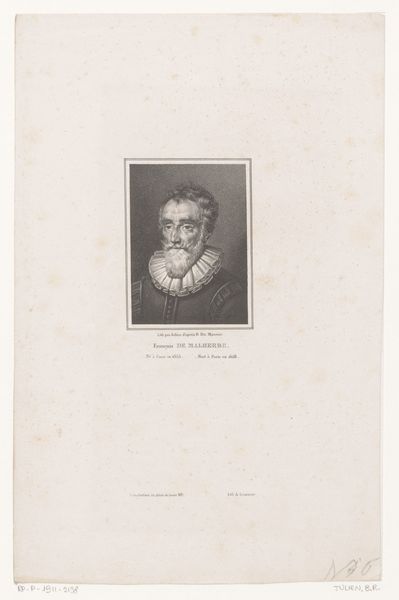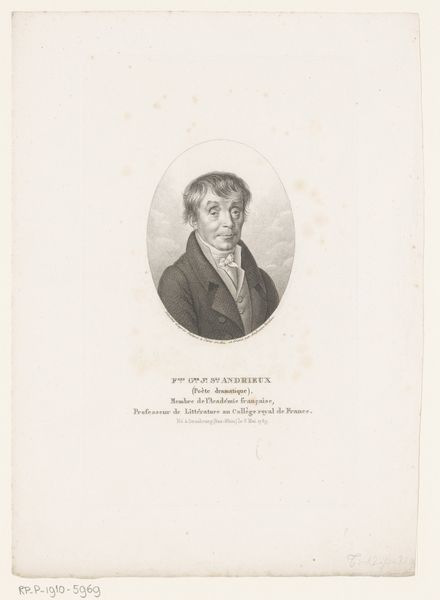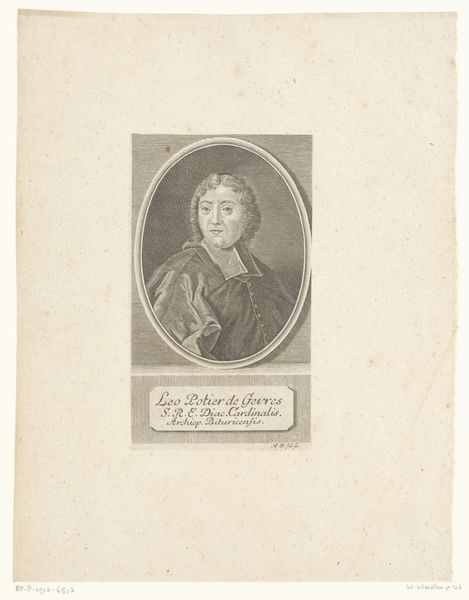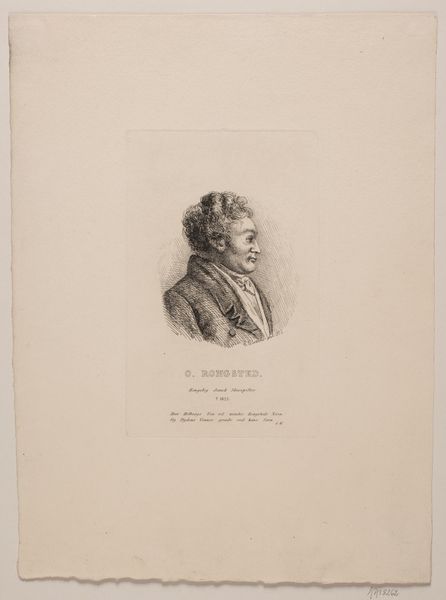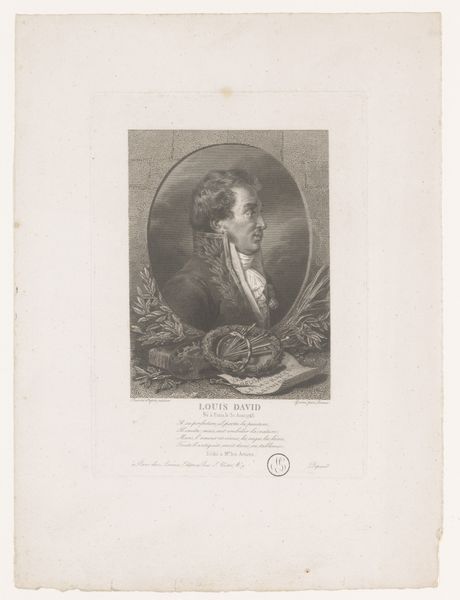
print, engraving
#
portrait
#
baroque
# print
#
history-painting
#
engraving
Dimensions: height 381 mm, width 266 mm
Copyright: Rijks Museum: Open Domain
Curator: Editor: So, this is "Portret van Jacques Dumont le Romain," an engraving made sometime between 1734 and 1782 by Jean Jacques Flipart. The level of detail achieved through engraving is striking. What stands out to you about it? Editor: The precision, definitely. You can see the individual hairs! What I'm wondering about is, how does this kind of print relate to painting in that era? Was it seen as just a reproduction method, or something more? Curator: Good question! I think approaching it from a material perspective can offer some insights. The widespread accessibility of prints significantly shaped how art was consumed and understood. This wasn't just reproduction; engraving transformed the very nature of image-making. It democratized art to an extent, circulating images and ideas across wider segments of society than paintings ever could. Do you see the socio-economic implications of that? Editor: Definitely. Suddenly you have more people potentially engaging with art, forming opinions, maybe even influencing artistic trends. But how did the "original" artists – the painters themselves – perceive this? Curator: It's complicated! Prints like this one simultaneously elevated and perhaps commodified the painter's image and style. Jacques Dumont benefited from this image, establishing him as an important figure. It was advertisement but, for artists, their very livelihood depended on how skillfully these images were crafted, circulated, and then, purchased. How does examining the “means of production” impact your appreciation of the work? Editor: I see now. It shifts the focus from solely the artistic genius to the network of labor involved. It definitely highlights the business side of Baroque art. I think I will be able to appreciate similar artwork a lot better in the future. Curator: Exactly. Thinking about materiality, production, and distribution offers a richer understanding of this artwork than a solely formal analysis could.
Comments
No comments
Be the first to comment and join the conversation on the ultimate creative platform.
